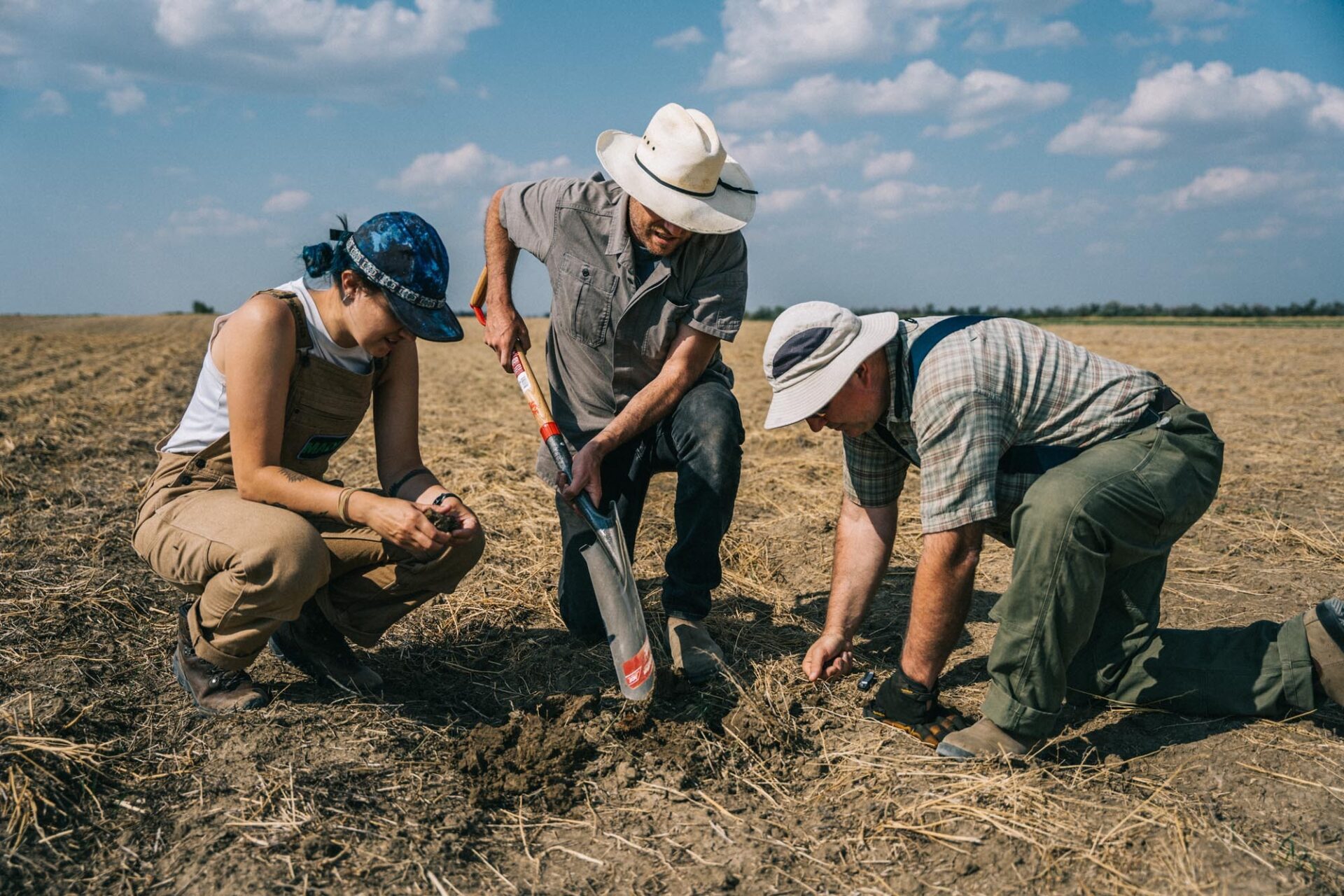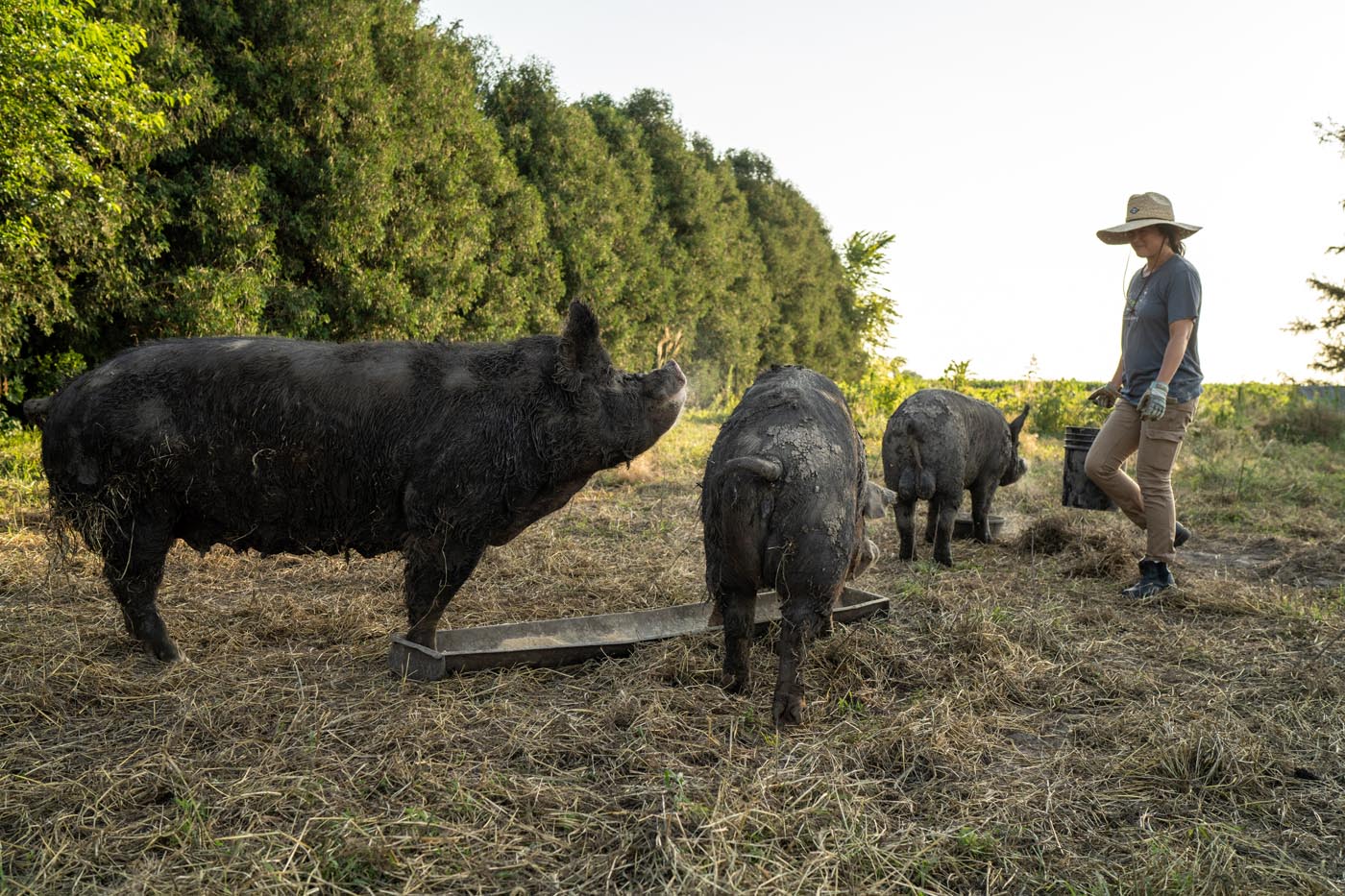- Speciality finance shop Mad Capital has launched its Perennial Fund II that provides US farmers with loans to help them transition to regenerative and/or organic agriculture.
- The fund has received early commitments from The Rockefeller Foundation, impact investment platform Builders Vision, the Schmidt Family Foundation, family office Lacebark Investments, and many others.
- The fund, which is targeting $50 million, has already made two closes and is “actively” deploying capital to farmers, says Mad Capital co-founder and CEO Brandon Welch.

The limits of traditional lending in organic ag
There’s “no shortage” of farmers who want to transition to regenerative-organic practices, Welch tells AgFunderNews.
The shortage is on access to capital and the right capital partners to fund such transitions. Private credit firms like Mad Capital have sprung up in recent years to address this gap.
“There’s a whole industry called ‘private credit’ that exists outside of the regulated banking industry,” explains Welch, adding that it’s a roughly $1.7 trillion industry on track to grow to $3.5 trillion by 2028.
The big value is that private credit shops can usually understand the intricacies of a particular borrower’s market in much greater detail than would a traditional lender. Mad Capital, for example, has a narrow focus on farmers using certified organic and regenerative practices in the US. Along with its sister organization, Mad Agriculture, the firm works with farmers on everything from financing to strategy to community building in an effort to transition more farmers to regenerative agriculture.
Traditional lending, Welch says, is essentially designed for conventional agriculture operations.
“Roughly 1% of all ag land in the United States is currently certified organic. That means 99% of farmers that walk into a bank are growing corn, soybeans, wheat — the traditional commodities — with a very conventional lens. That’s what the boards of directors and credit committees, the loan officers, the entire lending institution is set up to see and to underwrite risk in relation to.”
The moment an organic farmer shows up they’re seen as a substantially riskier bet by traditional banks. The problem, according to Welch, is that the perceived risk doesn’t always match the actual risk when it comes to organic farming.
“Many times banks, when they meet an organic farmer, perceive risk as extremely high. There’s all these alarms going off in their head about different practices, different crops, different marketing channels. The reality is that the real risk is actually roughly the same as a conventional operation. [Banks] just don’t maybe understand how to control some of the different types of risks that come with an organic transition.”
“There’s a lot of education that needs to be done within the traditional lending institutions, whether it’s Farm Credit or community banks, and there are lenders out there we know and other just alternative financiers totally dedicated to organic farmers and helping them transition.”

Leveraging the blended finance model for organic ag
The Perennial Fund II, which has already deployed capital to a handful of farmers, uses a blended finance structure that, as Welch explains, is “taking what are typically two wildly different types of investors and pulling them into one vehicle to ultimately create the type of outcome that everyone wants to see, which is transitioning more land to generative organic.”
The fund has two classes of investors: a preferred class and an impact class.
Investors in the former are typically “institutional, return-oriented investors who also want to have an impact” and get double the return of impact investors.
The impact investors take a lesser return that’s riskier, in part because this group doesn’t see a dime until the first group is paid in full.
“Since it’s the impact classes taking more risk, they’re helping boost the performance for preferred investors,” says Welch.
“Early indications” from Perennial Fund I suggest the risk can be further reduced within the regenerative-organic farming segment “due to the substantial increase in on-farm revenue from organic premiums.”

Towards a $250m fund
Perennial Fund II had a first close in November 2023 and a second close in February 2024. Welch says thus far, the firm has raised “about a third” of the targeted $50 million.
“We’re running roughly a three-month lag between when we closed capital and when it’s fully deployed, because we have a lot of farmer demand,” he notes.
He says a $50 million fund is a good stepping stone to what Mad Capital hopes will be a $250 million Fund III.
By then, the firm will have the data and statistics around loan performance and organic transitions to hopefully bring more investors onboard.
“We’ll have enough substance there in order to make the case to more institutionally minded endowments,” he notes.
To do that, “you need to prove that the real risk is is low,” he adds. “The perception on risk is higher than reality right now, and when you’re managing people’s retirement funds, that’s a very serious endeavor. We need to be very confident in the data that we’re presenting, and so do the fiduciaries on behalf of those retirement accounts.”
It goes back to the educational gap around organic farming and regenerative agriculture.
“That’s why we’re trying to build the fact-base to then be able to have confidence in the data set we’re presenting, and be able to unlock billions of dollars,” says Welch. Eventually, he adds this model is likely to become commonplace, though it depends on building relationships with investors willing to lean in to regenerative agriculture.
“It’s a matter of always trying to find the next cohort, which is just comfortable enough to make an investment or an allocation into the space.”



